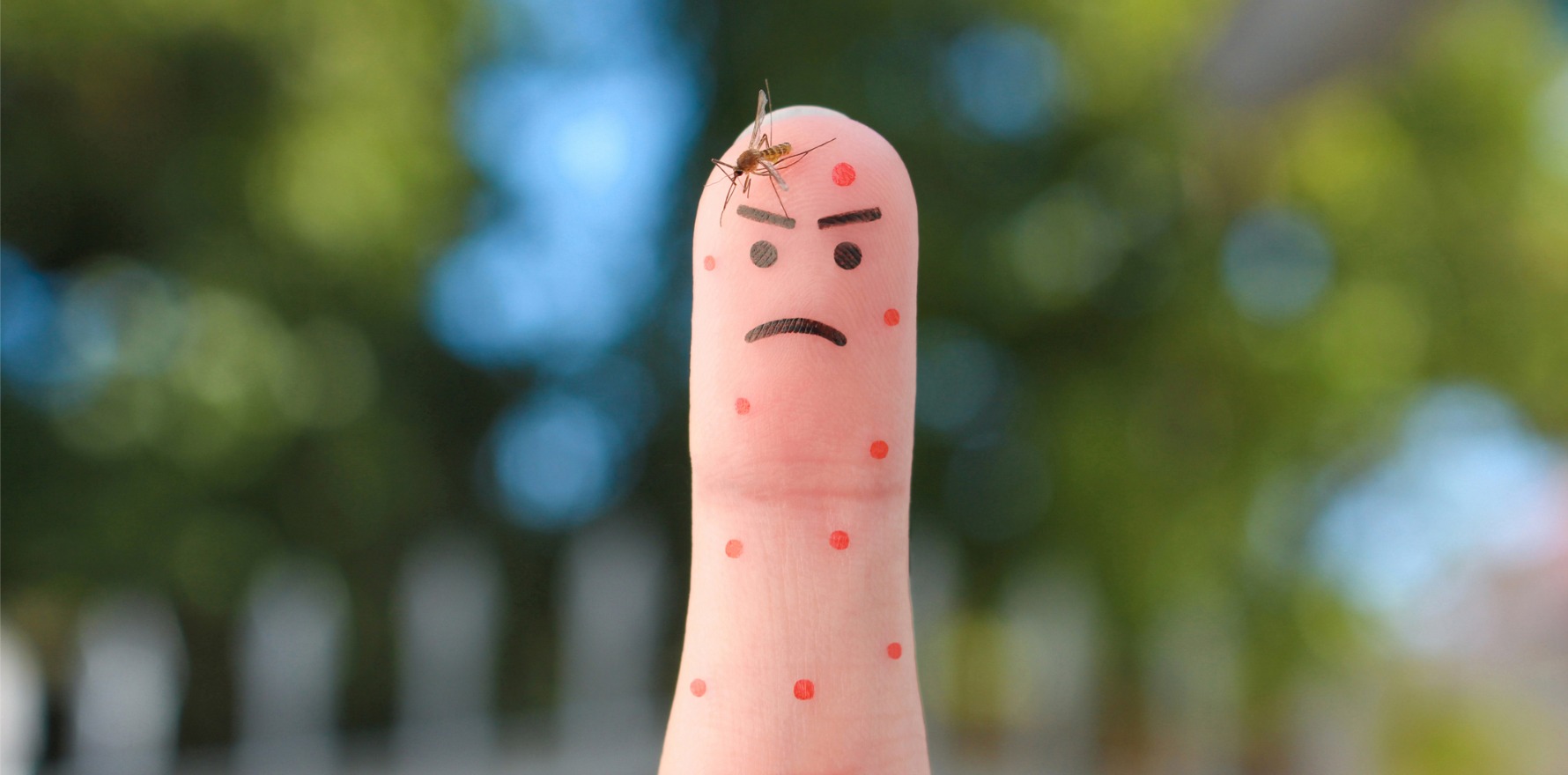
Researchers say they have solved an 80-year mystery surrounding the spread of Buruli ulcer.
Australian researchers have “irrefutable evidence” that mosquitoes can spread the bacteria causing Buruli ulcer, as Victorian health authorities warn of a spike in cases of the skin disease.
Findings, published this week in Nature Microbiology, confirm mosquitoes as the primary vectors transmitting the ulcer-causing bacteria Mycobacterium ulcerans (M. ulcerans) from the environment to people.
Researchers say they have now solved what they describe as a “80-year mystery surrounding the spread of Buruli ulcer, a neglected tropical skin disease which has become an important public health issue in Victoria”.
The paper is timely for Victorian health authorities. Cases in Victoria hit a record high of 363 in 2023 and have been rising steadily since the infection was first detected in the state in 2004.
Symptoms of the infection include spots that look like insect bites, ulcers, painful lumps, limb swelling, redness of the skin. In rarer cases patients can develop fever, severe pain and skin necrosis.
Victorians, particularly those living in or visiting coastal areas, have been urged to be alert to the signs of Buruli ulcer and to take precautions against mosquito bites this summer, as cases continue to emerge across the state.
“How Buruli ulcer is spread to people has baffled scientists and public health experts for decades,” said lead researcher, University of Melbourne’s Professor Tim Stinear, director of the WHO Collaborating Centre for Mycobacterium Ulcerans at the Doherty Institute.
“So now that mystery is solved with our five-year study revealing that mosquitoes transmit M. ulcerans in southeastern Australia, making mosquito bite prevention and mosquito control obvious forms of prevention.”
As part of their quest to understand how people contract Buruli ulcer, the researchers focused on the Mornington Peninsula, a seaside region outside of Melbourne with one of the highest incidences of Buruli ulcer in the world.
The Beating Buruli in Victoria project team trapped and tested more than 65,000 mosquitoes between 2016 and 2021.
Professor Paul Johnson, an infectious diseases physician at Austin Health, said the research team had faced a difficult road to convince others that mosquitoes were spreading Buruli ulcer.
“We long suspected mosquitoes were involved, but there is no precedence for a bacterial infection like Buruli ulcer being transmitted this way. Our team faced considerable scepticism, so we gathered irrefutable evidence to support our claim,” said Professor Johnson.
“This research is significant because we can all take simple actions, like applying insect repellent and removing stagnant water around the house, to protect the community and reduce the risk of Buruli ulcer.”
Dr Peter Mee, research scientist at Agriculture Victoria and one of the lead authors of the paper, emphasised the advanced techniques employed in their research, including the use of forensic-level genomics.
“Thanks to genome sequencing, we discovered that the genetic make-up of the bacteria M. ulcerans in mosquitoes was identical to that found in Buruli ulcer patients in the study area,” Dr Mee said.
“This was a key part of a compelling body of evidence pointing to mosquitoes as the transmission link.”
Dr Katherine Gibney, an infectious diseases and public health physician at The Royal Melbourne Hospital, and one of the study leads at the Doherty Institute, stressed the importance of ongoing wildlife and mosquito population monitoring.
“Maintaining this type of mosquito surveillance work could offer crucial insights into the epidemiology of Buruli ulcer in the region and inform public health interventions aimed at controlling the disease,” Dr Gibney said.
The Beating Buruli in Victoria team is in the process of rolling out a new trial aimed at reducing mosquito populations in urban areas, specifically around Brunswick West, Pascoe Vale South, Moonee Ponds and Essendon in Victoria, using state-of-the-art, environmentally friendly mosquito traps.
Associate Professor Greg Devine, group leader at QIMR Berghofer’s Mosquito Control Laboratory, told Dermatology Republic said there had also recently been a small cluster of cases in the Mossman area of North Queensland.
He said that historically, cases had “always appeared to be soil transmitted”, but the prospect of mosquito involvement meant more could be done to prevent infection.
“That’s almost a situation where you can go back to the old kind of anti-Dengue sort of health messaging, which is, this is a mosquito which is highly adapted to sort of an urban suburban environment,” he said.
“If as a community, you work to get rid of standing water and containers, then you can do a lot about it … but of course, the trouble is that all your neighbours have got to do it as well.”

